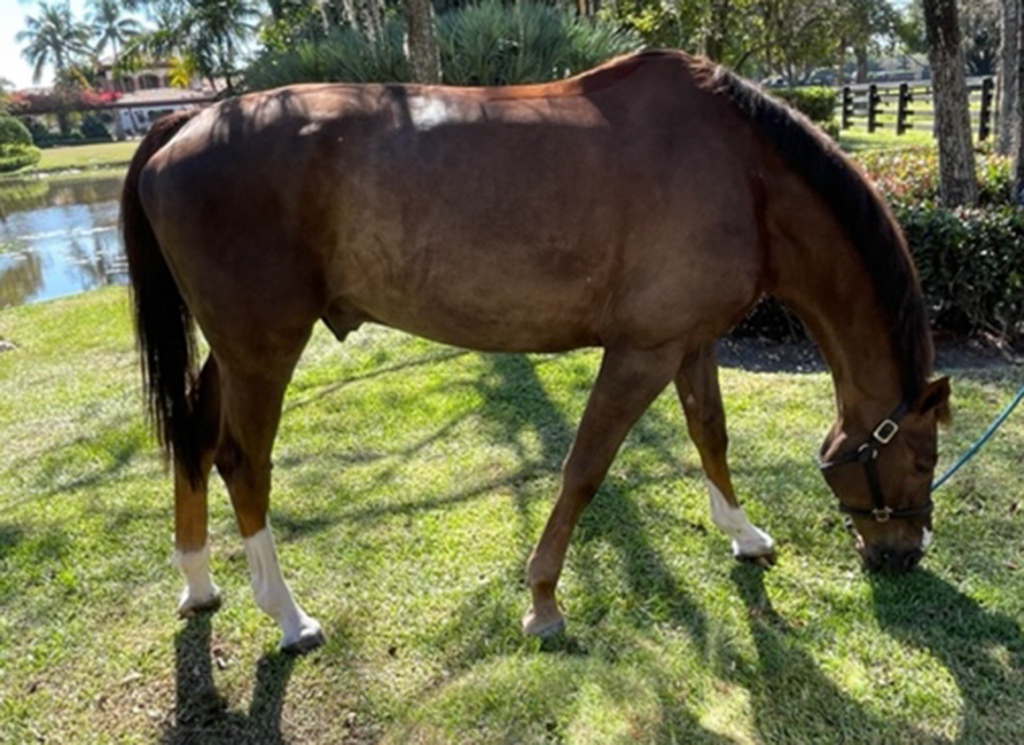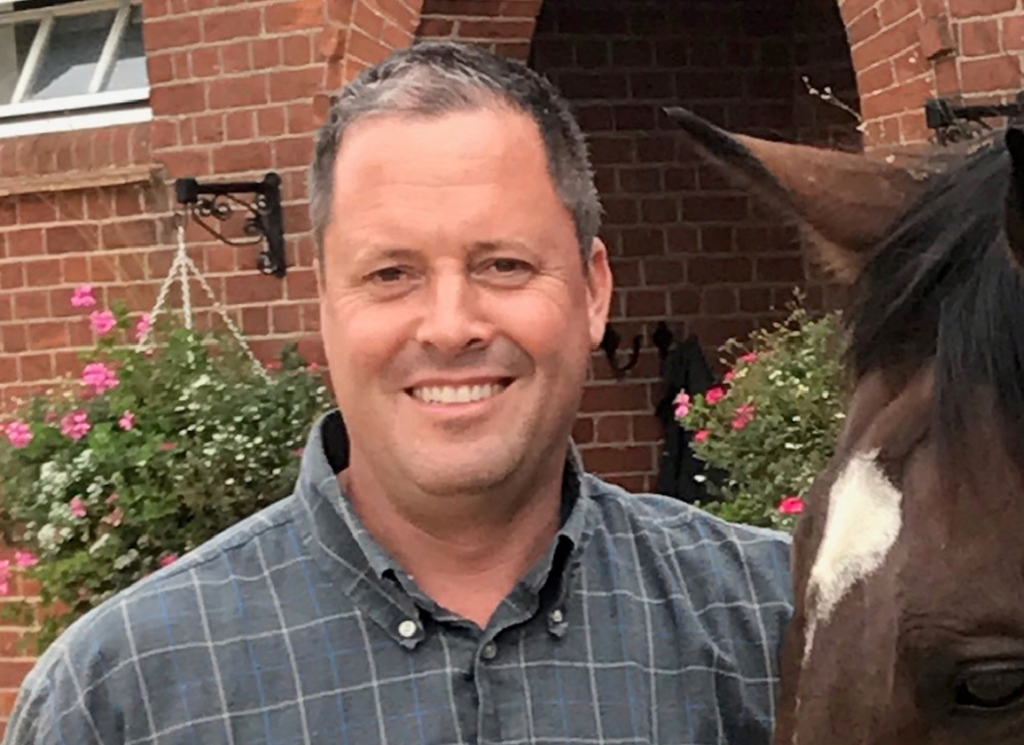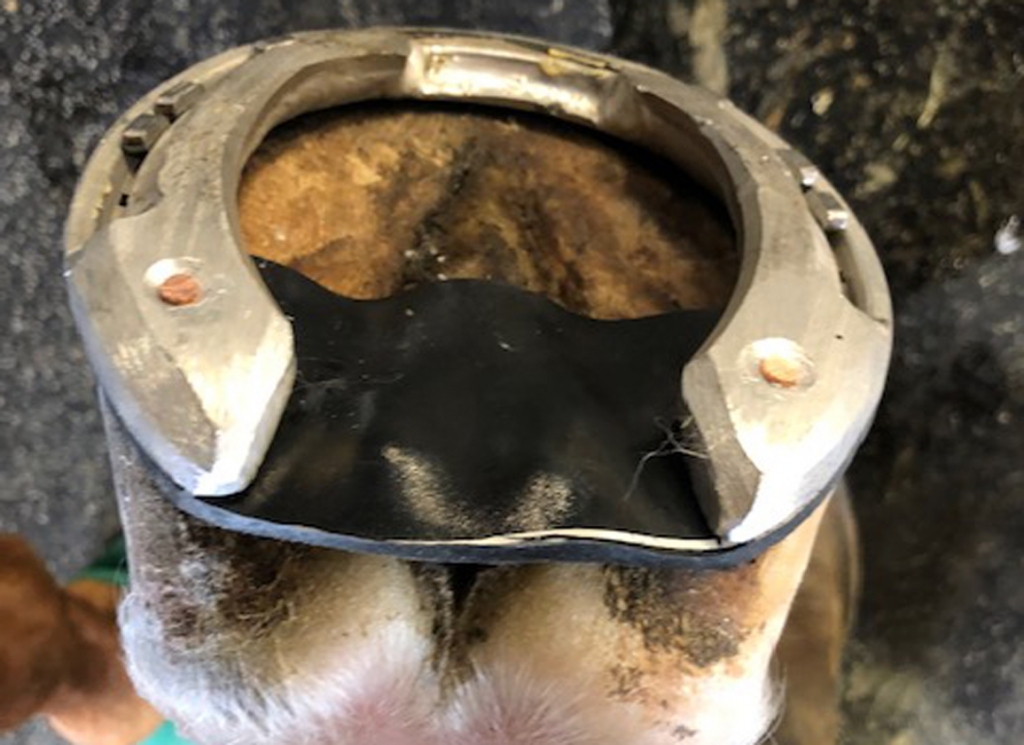To become truly great, one has to stand with people, not above them – Montesquieu
In the past, I frequently attended riding instruction clinics of a very sought after Olympic medal winning rider and trainer who opened every session with the following statement (paraphrasing), “I have been doing this my whole life, 50 plus years. I don't consider myself an expert and if I'm not an expert, than you most certainly are not an expert.” That statement always received uncomfortable laughs from the participants, most likely connected to their realization, that no matter how good you are, there is always something that you can learn in horse sports if you're willing and open to receiving the knowledge. I have been fortunate enough to have experienced many such moments in my life and career. If I am ever considered good at something, anything, it will only be because of the many people who have played a significant role in my shaping my career, skill, and education.
One such moment came a number of years ago when traveling to Kentucky and finding myself in legend D. Wayne Lukas's kitchen. The Coach was patiently waiting for a film crew to set up cameras for an interview. I thought to myself “ask the guy a question dummy,” which spurred me on to ask, “what are you looking for in horses when you are at sale?” Lukas sparked up, like superman exiting the phone booth–you could almost envision him donning professorial robes. What proceeded was a 30-plus minute master class in conformation, horse biodynamics, engineering, angles, the pendulum, anatomy, and speed, including highlighting examples and drawing diagrams on images of horses. It was without a doubt a fantastic moment in time, that I was grateful to have had with the presence of mind to receive.
Another such moment serendipitously presented itself recently with another talented horsemen, Neal Shapiro. Shapiro knows a thing or two about horses, including their feet. Shapiro, a lifelong horseman has an envious list of accomplishments, including Olympic Medals earned in the 1972 Munich Games (Team Silver and Individual Bronze), membership in Showjumping's Hall of Fame, and a tremendously successful career as a harness trainer and driver. Shapiro, an affable guy, continues to enjoy his passion for horses, and with his wife, fellow Olympian and Pan American Gold Medalist, Elisa “Licha” Fernandez-Shapiro, who operate Hay Fever Farm, in Robbinsville, N.J. Shapiro invited me to grab lunch with him, taking a momentary break from his jammed-packed riding lesson schedule where he was willing to share his thoughts on all things shoeing and horses over a slice of pizza.
“I had a very good friend who did the work at our farm and he was a very good horseman and blacksmith, very skilled at what he did,” Shapiro referring to Billy Ardito, a legendary Long Island shoer, who was later an instructor for Nassau County's BOCES Thoroughbred horse program. Shapiro recounted his progression into shoeing, occurring in between riding duties with the United States Equestrian Team (starting in 1964) and his acquisition of a harness related driver licensing (1967-68) thanks to Ardito.
“I would spend afternoons at the shop [Ardito's] shop making shoes,” he said. “I loved doing it.”
“Pulling shoes, trimming, nailing shoes, years of learning,” which eventually landed Shapiro the added responsibility as the “Team's (USET) relief blacksmith” during its European Tours, he recalls with amusement.
As the discussion delved deeper, the conversation segued to all things hoof related, growth, schedules, general care, and maintenance of the feet.
“[Poor hoof growth] probably has a lot to do with nutrition, minerals, and vitamins,” he explained. “What I learned at the racetrack is very different from the horseshow world. In the horseshow world they put on hoof dressing because it looks pretty, however, at the racetrack we don't put things on [the hooves] to make anything look pretty.”
Shapiro highlighted the success realized by simply applying different types of dressing(s) to the coronary band directly below the hairline, stimulating blood flow and circulation, “that seemed enough to allow horses to keep good healthy feet.”
When asked about the possible root cause of foot related issues in breeding for performance versus soundness he explained, “The horses today are very different. Standardbreds are basically bred for soundness, Thoroughbreds for increasing speed versus soundness, and the European Warmbloods for jumping. I see so many Warmbloods with conformational flaws.”
Shapiro also cited a recent change in thinking and returning to practices of yesteryear, pulling the shoes when possible.
He continued, “[Keeping a horse barefoot] has changed a lot. It has been a big plus, the feet grow out and they get healthier. Amazingly, some [previously shod] horses have seen improvements in bone structure, contracted heels, possibly created by shoeing, opening up. Shoeing is necessary in certain instances, to keep the feet from breaking up. But [when necessary] pulling the shoes and trimming may cause some initial soreness, especially in horses that have been shod for a long time, however, it's going to stimulate blood circulation and growth.”
Countering convention, he asked, “If the shoes are tight and not worn out, why can't they go six or seven weeks, especially if they are not growing foot?”
Shapiro also underscored the probable adverse effects and impact [including on the hoof] of the 52-week cycle of expected performance and competitions.
“It's a big problem,” Shapiro admitted. “The horses basically go year-round never getting a break. Look at today versus history, how many top horses are around for any length of time today. Horses had time off back then, they didn't compete year-round.”
Overall, Shapiro believes farriers are doing a good job. However, admits he worries about the overall state of horsemanship, recounting multiple stories to prove this point. Something that I can also directly attest to, I recently having found myself working on a horse known to be difficult for shoeing, and multiple grooms standing witness to the unfolding events were immersed in a discussion about favorite cruise destinations, seemingly unwilling, or unaware that it was part of their job to assist the farrier.
He concluded, “I don't think it's rocket science. We need to try to do what's best for the horses and making people a little more knowledgeable. It's a balancing act, you need to balance everything. We keep these horses going way too much, they need a rest, a long enough rest which can also allow their feet to be healthier.”
Jude Florio, who has served as a professional farrier for over 20 years, is also a patented inventor having earned a graduate diploma from the University of London's Royal Veterinary College in Applied Equine Locomotor Research. He is among the current MSc Equine Science cohorts researching the effects of farrier interventions at the University of Edinburgh, Royal 'Dick' School of Veterinary Studies (June 2023).
The post Farrier Tales: Valuable Lessons To Learn appeared first on TDN | Thoroughbred Daily News | Horse Racing News, Results and Video | Thoroughbred Breeding and Auctions.





